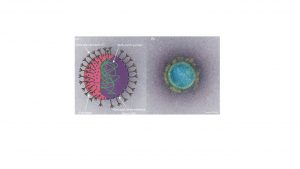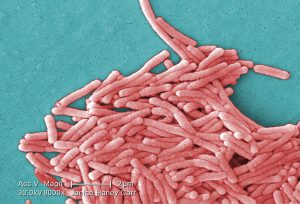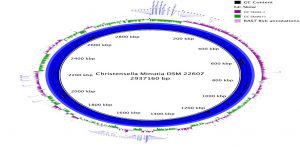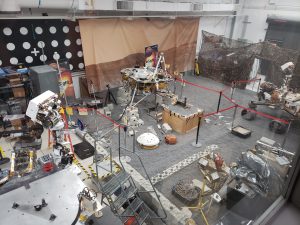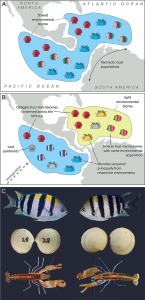Interesting preprint worth checking out (note – this is a non peer reviewed preprint). “It reports new medical research that has yet to be evaluated and so should not be used to guide clinical practice.” Abstract: Mobile phone apps implementing algorithmic contact tracing can speed up the process of tracing newly diagnosed individuals, spreading information …
(updated 4/7/20 with revised preprint and publication information) So late last week, the folks at the BioBE Center at the University of Oregon contacted us wanting to write a review of built environment considerations related to the 2019 Novel Coronavirus (COVID-19) outbreak. We worked furiously on it for a couple of days and through the …
So this work is a spinoff of a big project that we were involved in (but almost all of the work was done by Amy Pruden’s lab at Virginia Tech). In the larger project, they examined the genomes of over 100 clinical isolates of Legionella pneumophila, as well as 10 clinical isolates from patients during …
So way back in 2014 a really interesting paper came out about a family of bacteria called Christensenellaceae, which was found to be the most heritable group in the human gut microbiome. Furthermore this group (represented by Christensenella minuta) was furthermore associated with low BMI. Most intriguingly, mouse work demonstrated that the injection of cultured …
I have been trying to collect information about the new coronavirus and transmission via fomites (objects or materials such as door handles, clothing, phones, etc). Yesterday I posted to Twitter asking for input and got a large collection of useful responses. See these two tweets and the responses to them. I highlight some key responses …
Posted by request from the BioBE Center at the University of Oregon: The work of our BioBE team will be represented at five different conferences from May to August 2020. Our projects on hospital-associated infection will be presented at American Society for Microbiology Conference in Chicago, Microbiology in the Built Environment in Andover, NH, …
So this last week, we ran a workshop on bacterial genomics at the Jet Propulsion Laboratory (JPL). Who is “we”? An amazing collaboration across several institutions. The whole thing was initiated by Dr. Parag Vaishampayan (NASA-JPL), who contacted myself (UC Davis), Dr. Elinne Becket (Cal State San Marcos), and Dr. Kenisha Johnson (Alabama A&M) about …
Another really interesting paper from Maria Dominguez-Bello and her lab and colleagues, “Home chemical and microbial transitions across urbanization”. They’ve done some fascinating work in the past on the microbiome changes across an urbanization gradient and here they expand that work to include a bunch of chemistry data. Definitely worth a read for anyone interested …
I’m a sucker for space microbiome research, I admit. Here’s a great sounding postdoc opportunity with our collaborator Parag Vaishampayan at JPL. Job Details Job ID: 11208 We ask the biggest questions, then search the universe for answers—literally. And, with great opportunities come great responsibilities! In the Biotechnology and Planetary Protection group at JPL, we …
Recently, I have been reading and thinking a lot about what one needs to develop a model system for host-microbiome studies. I am particularly interested in this because I have been working with a few colleagues on developing seagrass, and specifically, Zostera marina, into such a model system. This started with a grant from the …
